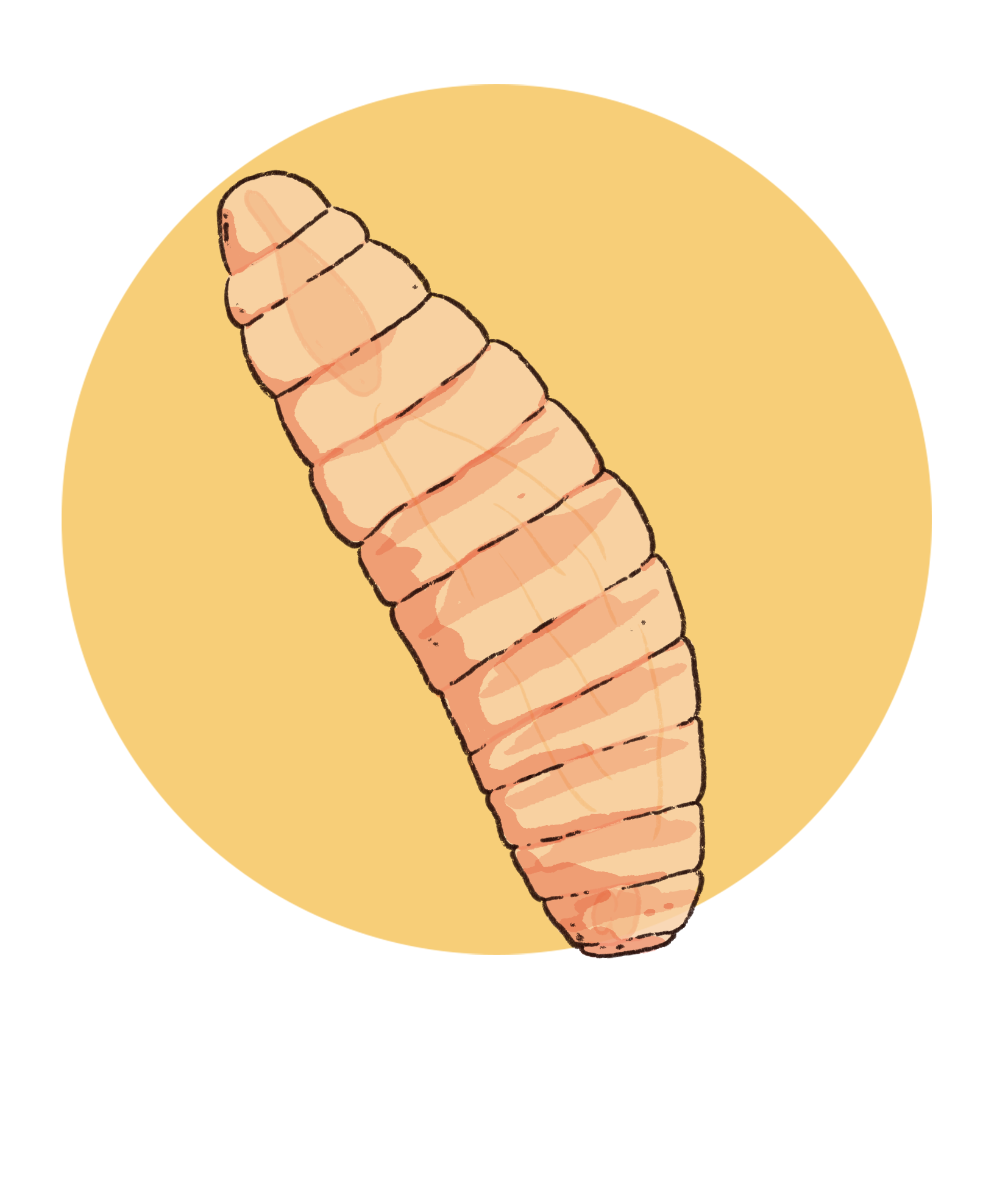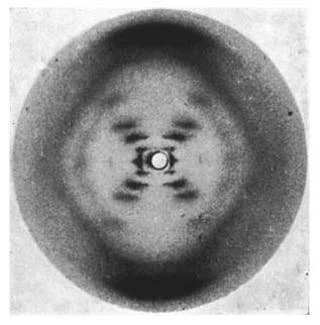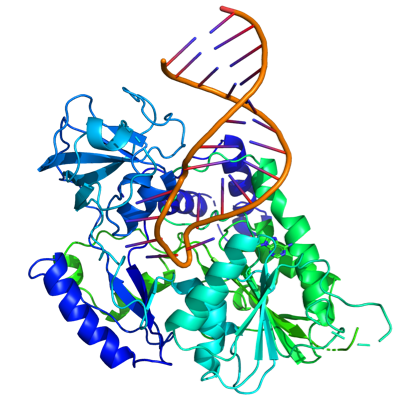DNA
DNA and its Discovery
What do we know about DNA now?
Protein interacting with mRNA (Image by Xiodan Lui)
-
Names on blue,
but which one is new?
In the text above,
you shall find your clue.
-
Have a look for the blue plaque marking the discovery of DNA. Can you find the surname that has been added?
*Remember to start your answer with a Capital letter.
“Science and everyday life cannot and should not be separated.”
— Rosalind Franklin in a letter to her father, summer 1940



